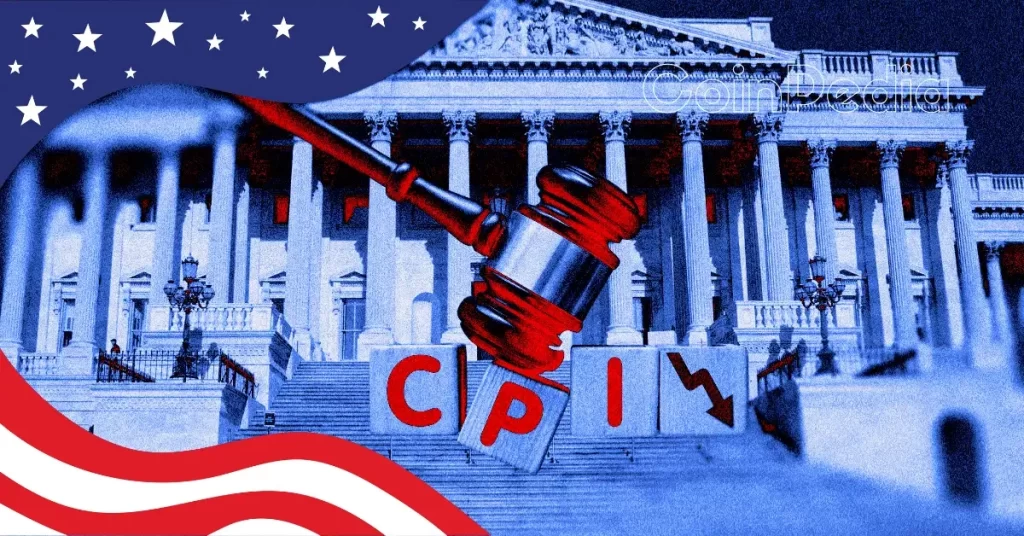
The post US CPI Hits 2.9%, Yet Core Inflation Cools Below Forecasts: Could Bitcoin Dip Below $90,000? appeared first on Coinpedia Fintech News
Inflation in December reached its highest level since the summer, as shown by data released on Wednesday morning. In December, inflation went up by 2.9% compared to last year, according to the latest Consumer Price Index. This shows how tough it is for the Federal Reserve to deal with price increases that are more persistent than expected.
Core Inflation Slows at 3.2%, Less than Expected
In December, consumers saw prices rise for various goods and services, but the year ended on a slightly positive note regarding inflation.
The consumer price index went up by 0.4% for the month, leading to an annual inflation rate of 2.9%, according to the Bureau of Labor Statistics’ Wednesday report. This matched economists’ expectations from Dow Jones for the annual rate but was slightly higher than the predicted 0.3% monthly increase.
Excluding food and energy, the core CPI rose at an annual rate of 3.2%, slightly down from the previous month and better than the anticipated 3.3%. On a monthly basis, the core measure increased by 0.2%, which was 0.1 percentage point below expectations. The recent report has now complicated the decision on interest rate for the Fed.
In November, inflation rose by 0.1% to 2.7%, aligning with forecasts and marking a second consecutive month of increase, following a rise from 2.4% in September to 2.6% in October. This ongoing increase suggests rising inflationary pressures in the U.S. economy.
Economists caution that continued inflation at this pace may prompt an adjustment in interest rates. This potential shift could affect different sectors and alter market trends.
Bitcoin Might Witness a Drop Toward $90K
The recent CPI report has pushed Bitcoin price above $99K. However, this upward momentum is expected to slow down in the coming hours. Since mid-December 2024, Bitcoin’s value has fallen from $106,000 to approximately $97,000 by January 14, 2025.
The derivatives market is too hot right now, and there’s a lot of open interest in Bitcoin futures, showing that there’s too much borrowing. Steno Research notes that this borrowing needs to be reduced, which might cause more selling.
Additionally, the strength of the U.S. dollar has hurt Bitcoin. After a strong jobs report on January 10 suggested that interest rate cuts might slow down, the dollar went up, and this made Bitcoin’s price drop.
Over the past month, the correlation between BTC ($98,648.83) and Nasdaq has increased, reaching its highest level for 2024 with the current 30-day correlation. Moreover, the recent crypto rally has been somewhat restrained as investors worry about the possibility of the Federal Reserve maintaining higher interest rates for an extended period.







